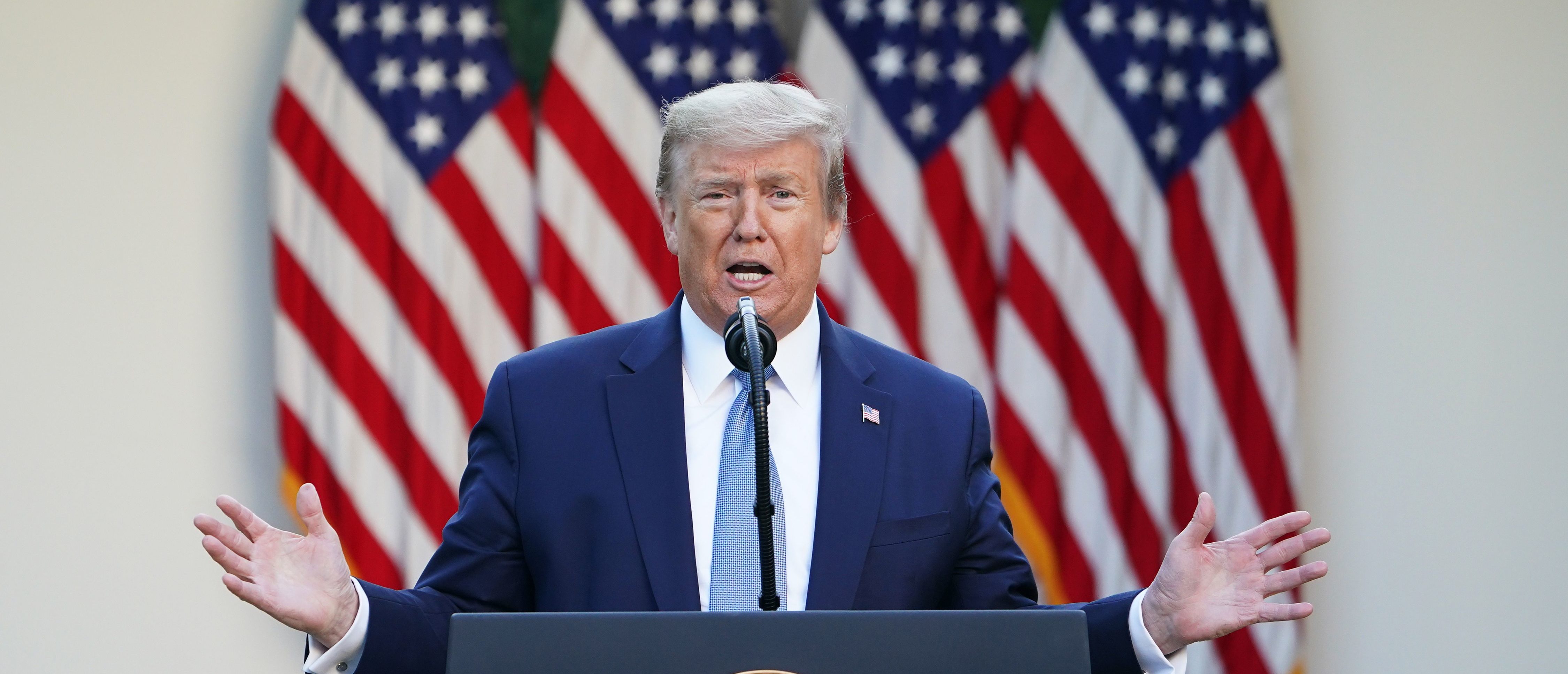Rasmussen Reports and Presidential Polls: Rasmussen Presidential Poll

Rasmussen Reports is a well-known polling organization that has gained significant attention for its presidential polls. Founded in 2003, Rasmussen Reports has established itself as a major player in the field of political polling, offering insights into public opinion on various political issues, including presidential elections.
Rasmussen Reports’ Methodology
Rasmussen Reports employs a unique methodology for its presidential polls, which distinguishes it from other major polling organizations. This methodology involves conducting telephone surveys using a combination of automated and live interviews. Rasmussen Reports utilizes a technique known as “robo-polling,” where automated calls are made to landline and mobile phone numbers. These automated calls present survey questions, and respondents can answer using their phone’s keypad. This method allows for rapid data collection, providing quicker results compared to traditional live interviews.
Comparison with Other Polling Organizations
Rasmussen Reports’ methodology differs from that of other major polling organizations in several key aspects. While many polling organizations rely primarily on live interviews conducted by human interviewers, Rasmussen Reports incorporates a significant amount of automated polling. This difference in methodology can lead to variations in results, as automated polling may be susceptible to biases related to response rates and sample selection.
Strengths and Weaknesses of Rasmussen Reports’ Methodology
Strengths
- Speed and Efficiency: Rasmussen Reports’ reliance on automated polling allows for rapid data collection, providing quicker results compared to traditional live interviews. This speed and efficiency can be particularly valuable in the fast-paced world of political campaigns, where timely information is crucial.
- Cost-Effectiveness: Automated polling is generally more cost-effective than live interviews, allowing Rasmussen Reports to conduct larger surveys and reach a wider range of respondents. This cost-effectiveness can contribute to the organization’s ability to provide frequent updates on public opinion.
Weaknesses
- Response Rates: Automated polling often faces lower response rates compared to live interviews. This can lead to potential biases in the sample, as respondents who choose to participate may not be representative of the overall population.
- Sampling Bias: Rasmussen Reports’ methodology relies on a combination of landline and mobile phone numbers, which may not fully capture the entire population. This potential sampling bias can affect the accuracy and representativeness of the results.
- Limited Interviewer Interaction: Automated polling eliminates the human interaction element present in live interviews. This lack of interviewer interaction can limit the ability to clarify questions or address any respondent concerns, potentially affecting the quality of the data collected.
Key Findings and Trends in Rasmussen Presidential Polls

Rasmussen Reports is a well-known polling organization that conducts regular surveys on a variety of topics, including presidential elections. These polls provide valuable insights into the current political landscape and can help predict the outcome of future elections.
Trends in Presidential Approval Ratings
Rasmussen Reports’ presidential approval ratings have shown some notable trends in recent years. One trend is the decline in approval ratings for incumbent presidents, which is a common phenomenon in American politics. For example, President Biden’s approval rating has been consistently below 50% throughout his presidency, which is similar to the approval ratings of other recent presidents at this point in their terms. Another trend is the increasing polarization of the electorate, which is reflected in the widening gap between the approval ratings of presidents among their own party and the opposing party. This trend suggests that it is becoming increasingly difficult for presidents to achieve bipartisan support.
Comparison with Other Polling Organizations
Rasmussen Reports’ findings are generally consistent with those of other polling organizations, but there are some differences. For example, Rasmussen Reports tends to have a slightly more conservative bias than some other polling organizations, which can lead to differences in their findings. However, these differences are usually small and do not significantly alter the overall trends observed in presidential polling.
Impact of Rasmussen Polls on the Political Landscape, Rasmussen presidential poll
Rasmussen Reports’ presidential polls have a significant impact on the political landscape. They provide information that is used by politicians, political strategists, and the media to understand public opinion and make decisions about campaign strategy. The polls also influence public discourse and can shape the narrative surrounding the presidential race.
The Rasmussen presidential poll is a great way to get a sense of the national political landscape. But don’t forget about the individual states! Take Minnesota, for example, where Minnesota Tim Walz is leading the charge for the Democrats.
Keep an eye on these local races, as they often provide a microcosm of the larger national trends that the Rasmussen poll reflects.
The Rasmussen Presidential Poll is a great tool to get a pulse on how Americans feel about the current administration. Of course, it’s not the only thing people are concerned about. For example, parents are always looking for the best table and chair for 2 year old to help them with their child’s development.
So while the Rasmussen Presidential Poll is important, it’s just one piece of the puzzle when it comes to understanding the American people.
